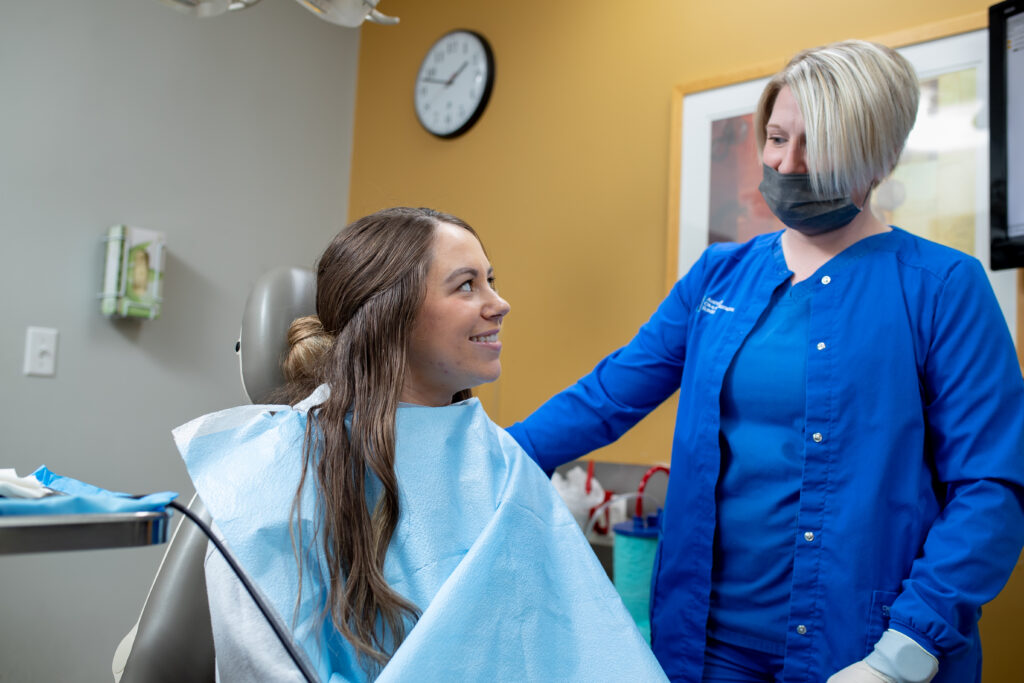Facial Trauma
Introduction
Facial trauma is a term used to describe injuries to the face, specifically the bones, skin, and soft tissue. These injuries can be caused by a variety of factors and can range from minor cuts and bruises to severe fractures. Discussing facial trauma is important as it helps raise awareness about its prevalence and enables individuals to take preventive measures. In this blog, we will explore the different types of facial trauma, their causes, common injuries associated with them, and the various types of facial fractures and their symptoms.


Types of Facial Trauma
Blunt Force Trauma
Blunt force trauma refers to injuries that occur when an object strikes the face with direct force, causing damage to the facial structures. Several causes can lead to blunt force trauma, such as motor vehicle accidents, physical assaults, and sporting mishaps. The common injuries resulting from blunt force trauma include contusions, lacerations, and hematomas. These injuries can vary in severity, ranging from minor bruises to deep wounds that require immediate medical attention.
Penetrating Trauma
Penetrating trauma occurs when an object penetrates the facial region, causing damage to the underlying tissues. It can happen due to various causes, including accidental falls onto sharp objects, workplace accidents involving machinery, or even criminal acts involving weapons. Common injuries associated with penetrating trauma include puncture wounds, deep lacerations, and foreign bodies lodged in the face. The severity of these injuries depends on the size and depth of the penetration, as well as the location of the injury.
Fractures
Facial fractures involve the breaking or cracking of the bones in the face, which can result from significant force applied to the facial area. There are different types of facial fractures, each affecting specific bones. These fractures can occur in the nose, cheekbones, jaw, or eye sockets. Symptoms of facial fractures may vary depending on the specific bone involved, but they often include pain, swelling, bruising, difficulty with facial movements, and in severe cases, deformity of the facial features. It is essential to seek medical attention promptly in cases of suspected facial fractures to prevent long-term complications.
Causes of Facial Trauma
It can have numerous causes, and it is crucial to understand these causes to minimize the risk of injury. Motor vehicle accidents are a significant cause of facial trauma, as the face may hit the steering wheel, dashboard, or windshield upon impact. Physical assaults and falls are also common causes, particularly in cases where the face directly strikes a hard surface. Sports-related accidents, especially those involving contact sports such as football or boxing, can lead to significant facial injuries. Workplace accidents, such as being struck by falling objects or machinery, can also result in facial trauma.
It is important to note that the causes of facial trauma can vary based on individual circumstances, and preventive measures such as wearing seat belts, using appropriate protective equipment during sports, and following safety protocols at work can significantly reduce the risk of such injuries.
What is facial trauma?
What are the common causes of facial trauma?
What are the most common injuries associated with facial trauma?
How can I recognize the signs of facial trauma?
How can one cope with the emotional and psychological impact of facial trauma?
Is facial trauma permanent, or can one fully recover from it?
Are there support groups or organizations that can help individuals dealing with facial trauma?
Can children also experience facial trauma, and if so, how should it be managed?
Are you searching for the best orthodontists , Visit Dent-O-Face
let know our doctor or go to
